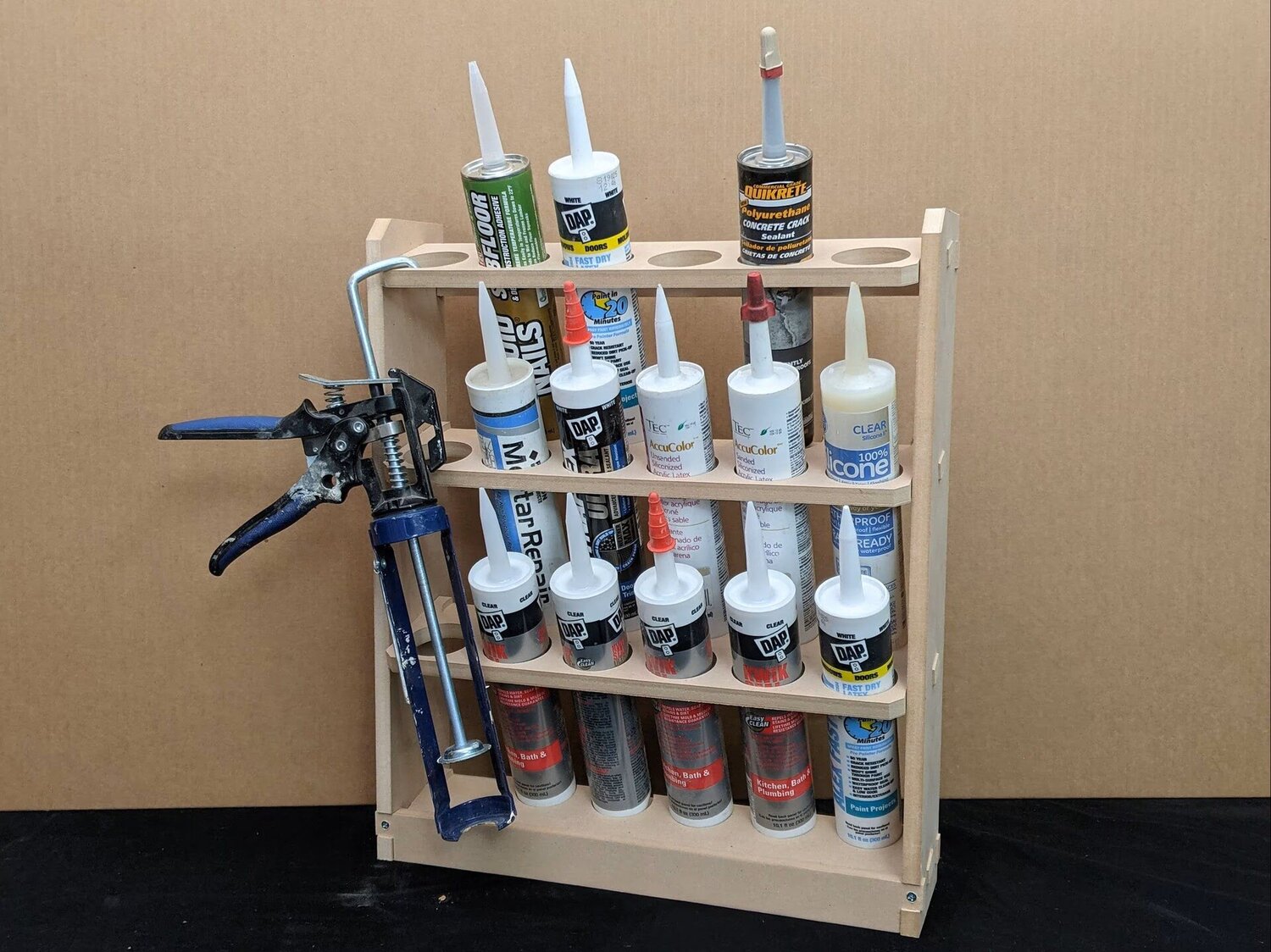

Articles
How To Store Caulk After Use
Modified: February 23, 2024
Learn the proper way to store caulk after use with this helpful article. Keep your caulk fresh and ready for future projects.
(Many of the links in this article redirect to a specific reviewed product. Your purchase of these products through affiliate links helps to generate commission for Storables.com, at no extra cost. Learn more)
Introduction
Caulk is a versatile and essential material used for sealing gaps and joints in various surfaces, from bathroom tiles to window frames. It helps to prevent moisture, air, and even insects from infiltrating these areas, ensuring the longevity and durability of your home. However, once you’ve finished a caulking project, it’s crucial to store the leftover caulk properly to maintain its effectiveness and usability for future use.
In this article, we will explore the importance of proper caulk storage and provide you with practical steps on how to store caulk after use. By following these guidelines, you can prolong the shelf life of your caulk, saving you time and money in the long run.
Key Takeaways:
- Properly storing caulk after use is crucial for maintaining its effectiveness, saving money, and reducing waste. Follow simple steps like cleaning the nozzle, using a caulk cap, and storing in a cool, dry place to ensure optimal caulk condition.
- Utilize alternative methods such as plastic wrap, aluminum foil, or Ziplock bags if a caulk cap is unavailable. Remember to label and date the tubes, prioritize using the oldest caulk first, and inspect for damage before use.
Read more: How To Store Caulk After Opening
Importance of Proper Caulk Storage
Proper caulk storage is essential to ensure that the leftover caulk remains in good condition and can be used effectively in the future. Here are a few reasons why it’s important to store caulk properly:
- Prolongs Shelf Life: Storing caulk correctly helps extend its shelf life. Caulk that is exposed to air, moisture, and extreme temperatures can deteriorate quickly, rendering it unusable. By storing caulk properly, you can maximize its lifespan and ensure that it remains in a usable state for longer periods.
- Maintains Consistency: Improper storage can cause caulk to dry out or become thick and lumpy. This can make it challenging to apply smoothly and evenly onto surfaces. By storing caulk properly, you can maintain its consistency, allowing for easy application and a professional-looking finish.
- Saves Money: Properly storing caulk means you can reuse any leftover caulk for future projects. This eliminates the need to purchase new caulk for small touch-ups or repairs, saving you money in the process.
- Reduces Waste: Storing caulk properly helps minimize waste. Unused caulk that has been stored correctly can remain viable for an extended period, reducing the need for frequent disposal and environmental impact.
- Ensures Reliable Performance: Storing caulk properly helps maintain its properties and ensures that it functions as intended when you need it. Whether you’re sealing gaps in your bathroom, kitchen, or any other area, properly stored caulk will offer the reliable performance you expect, creating a tight and durable seal.
Now that you understand the importance of proper caulk storage, let’s delve into the steps you can take to store caulk after use.
Steps to Store Caulk After Use
Properly storing caulk after use is a simple process that can significantly extend its shelf life. Follow these steps to store caulk effectively:
- Clean the Nozzle: Before storing caulk, it’s crucial to clean the nozzle to prevent clogs and ensure a smooth flow in future applications. Use a clean cloth or rag to wipe off any excess caulk from the nozzle, ensuring it is clear and free of dried residue.
- Recap the Tube: Replace the tube cap tightly on the caulk tube. If you don’t have the original cap or it is damaged, consider using a caulk cap or cover, specifically designed to fit most caulk tubes. This will help seal the caulk and prevent air from entering, keeping it fresh and usable.
- Secure the Tube: Ensure that the caulk tube is tightly sealed to prevent air from entering. You can use masking tape or a rubber band to secure the tube’s opening and keep it tightly sealed. This will help maintain the caulk’s consistency and prevent it from drying out.
- Label and Date: It’s helpful to label the caulk tube with the type of caulk and the date it was initially opened. This allows you to easily identify and track the caulk’s age, ensuring you use the oldest caulk first.
- Store in a Cool, Dry Place: Find a suitable storage location for your caulk tubes. Ideally, store them in a cool, dry place, away from direct sunlight and extreme temperatures. Excessive heat or cold can affect the caulk’s performance and consistency. A basement, garage, or utility closet can be good options for caulk storage.
By following these steps, you can ensure that your caulk remains in optimal condition and ready for future use. However, if you prefer alternative methods for storing caulk, there are a few additional options you can consider.
Continue
Method 1: Using a Caulk Cap
A caulk cap is a handy tool specifically designed to keep caulk tubes sealed and airtight. It provides an extra layer of protection to prevent air from entering the tube and causing the caulk to dry out. Here’s how to use a caulk cap:
- Select a caulk cap that fits the size of your caulk tube. These caps are available in various sizes and can accommodate most caulk tubes.
- Remove the existing cap from the caulk tube and clean any excess caulk from the nozzle.
- Place the caulk cap over the nozzle of the tube, ensuring a tight fit. Press it down firmly to create a secure seal.
- Some caulk caps come with a built-in puncture tool that can be used to pierce the seal on the caulk tube. This allows for easy dispensing of caulk without having to remove the cap.
- Store the caulk tube with the caulk cap securely in a cool, dry place, away from direct sunlight and extreme temperatures.
- Remember to label and date the caulk tube for future reference.
Using a caulk cap is a convenient and effective method to store caulk after use. It provides an airtight seal, ensuring that the caulk remains fresh and ready for your next project. However, if you don’t have a caulk cap on hand, there are other options you can try.
Continue
After using caulk, store the tube upside down in a cool, dry place to prevent it from drying out. You can also place a nail or screw in the tip to seal it and keep it fresh for future use.
Method 2: Using Plastic Wrap or Aluminum Foil
If you don’t have a caulk cap available, another effective method for storing caulk after use is by using plastic wrap or aluminum foil. Here’s how to do it:
- Clean the nozzle of the caulk tube, ensuring it is free from any dried caulk residue.
- Take a piece of plastic wrap or aluminum foil and cut it to a size that can cover the nozzle and the opening of the caulk tube.
- Place the cut piece of plastic wrap or aluminum foil over the nozzle of the caulk tube.
- Wrap the plastic wrap or aluminum foil tightly around the caulk tube, covering the entire opening.
- Secure the wrap or foil in place using masking tape or a rubber band.
- Label and date the caulk tube for future reference.
- Store the caulk tube in a cool, dry place, away from direct sunlight and extreme temperatures.
Using plastic wrap or aluminum foil is an effective way to create a barrier and seal for the caulk tube, preventing air from entering and prolonging the shelf life of the caulk. This method is easy to implement and can be done with readily available household materials.
Remember to always store the caulk tube in an upright position to prevent any leakage or damage. Now that you’re aware of this alternative method, let’s explore another option for storing caulk after use.
Continue
Read more: How To Store Used Caulk
Method 3: Utilizing a Ziplock Bag
A Ziplock bag can be a convenient option for storing caulk after use. It provides an airtight seal and protects the caulk from exposure to air, moisture, and temperature fluctuations. Here’s how you can utilize a Ziplock bag for caulk storage:
- Clean the nozzle of the caulk tube to ensure there is no excess dried caulk.
- Open a Ziplock bag, ensuring it is large enough to accommodate the caulk tube.
- Place the caulk tube inside the Ziplock bag, ensuring it is positioned upright.
- Seal the Ziplock bag, removing as much air as possible. You can do this by gently pressing down on the bag while closing it or by using a straw to suck out excess air before sealing.
- Label the Ziplock bag with the type of caulk and the date it was initially opened.
- Store the Ziplock bag with the caulk tube in a cool, dry place, away from direct sunlight and extreme temperatures.
Utilizing a Ziplock bag is a convenient and effective method for storing caulk after use. It provides a seal that protects the caulk from drying out and extends its shelf life. This method is particularly useful when you don’t have a caulk cap or if the original caulk tube cap is damaged.
By implementing this storage solution, you can ensure that your caulk remains usable and fresh for future projects. Now that you are familiar with various methods for storing caulk after use, let’s explore some additional tips for effective caulk storage.
Continue
Tips for Effective Caulk Storage
To ensure the longevity and usability of your caulk, consider these tips for effective caulk storage:
- Use the oldest caulk first: When starting a new project, make sure to use the oldest caulk tubes first. Labeling and dating the tubes will help you keep track of their age, ensuring you don’t overlook any older tubes.
- Avoid extreme temperatures: Store caulk tubes in a cool, dry place, away from direct sunlight and extreme temperatures. Extreme heat or cold can negatively impact the caulk’s performance and consistency.
- Keep tubes upright: Always store caulk tubes in an upright position to prevent leakage or damage. This also helps maintain the caulk’s consistency and prevents it from settling or separating.
- Inspect before using: Before starting a new project, check the stored caulk tubes for any signs of damage or separation. If the caulk appears dried out or has an unusual consistency, it’s best to discard it and use a fresh tube.
- Store in airtight containers: If you have opened tubes of caulk that are partially used, place them in airtight containers such as plastic bags or sealed containers to further protect them from air exposure.
- Properly dispose of expired caulk: If you come across caulk that has expired, dried out, or is in poor condition, it’s essential to dispose of it properly. Check with your local waste management facilities or recycling centers to find out the appropriate method for caulk disposal in your area.
By following these tips, you can ensure that your caulk remains in optimal condition and ready to use when you need it. Proper caulk storage is a relatively simple process, but it can make a significant difference in the longevity and effectiveness of the caulk.
Continue
Conclusion
Properly storing caulk after use is crucial to preserve its effectiveness and extend its shelf life. Whether you choose to use a caulk cap, plastic wrap or aluminum foil, or a Ziplock bag, the goal is to create an airtight seal that protects the caulk from air exposure, moisture, and extreme temperatures.
By following the steps outlined in this article and considering the additional tips for effective caulk storage, you can ensure that your caulk remains in optimal condition for future projects. This not only saves you money by allowing you to reuse leftover caulk, but it also reduces waste and helps maintain a neat and organized workspace.
Remember to store caulk in a cool, dry place, label and date the tubes for easy reference, and inspect them before use. Additionally, always prioritize using the oldest caulk tubes first to avoid wastage.
With a little care and attention to proper caulk storage, you can maintain the quality and usability of your caulk, ensuring reliable performance every time you embark on a sealing or caulking project.
So, don’t overlook the importance of proper caulk storage. Take the necessary steps to store your caulk correctly, and you’ll reap the benefits of a longer-lasting and effective sealing solution.
Frequently Asked Questions about How To Store Caulk After Use
Was this page helpful?
At Storables.com, we guarantee accurate and reliable information. Our content, validated by Expert Board Contributors, is crafted following stringent Editorial Policies. We're committed to providing you with well-researched, expert-backed insights for all your informational needs.
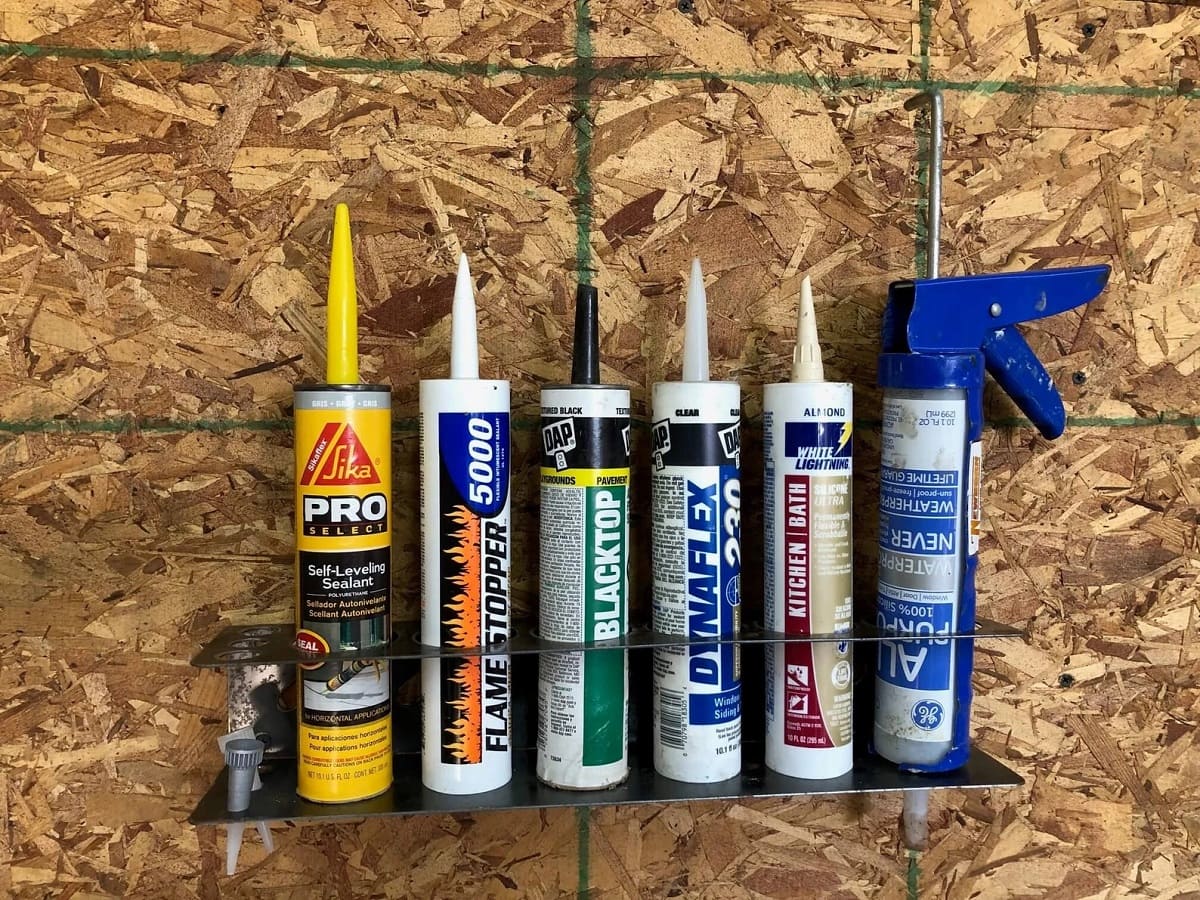
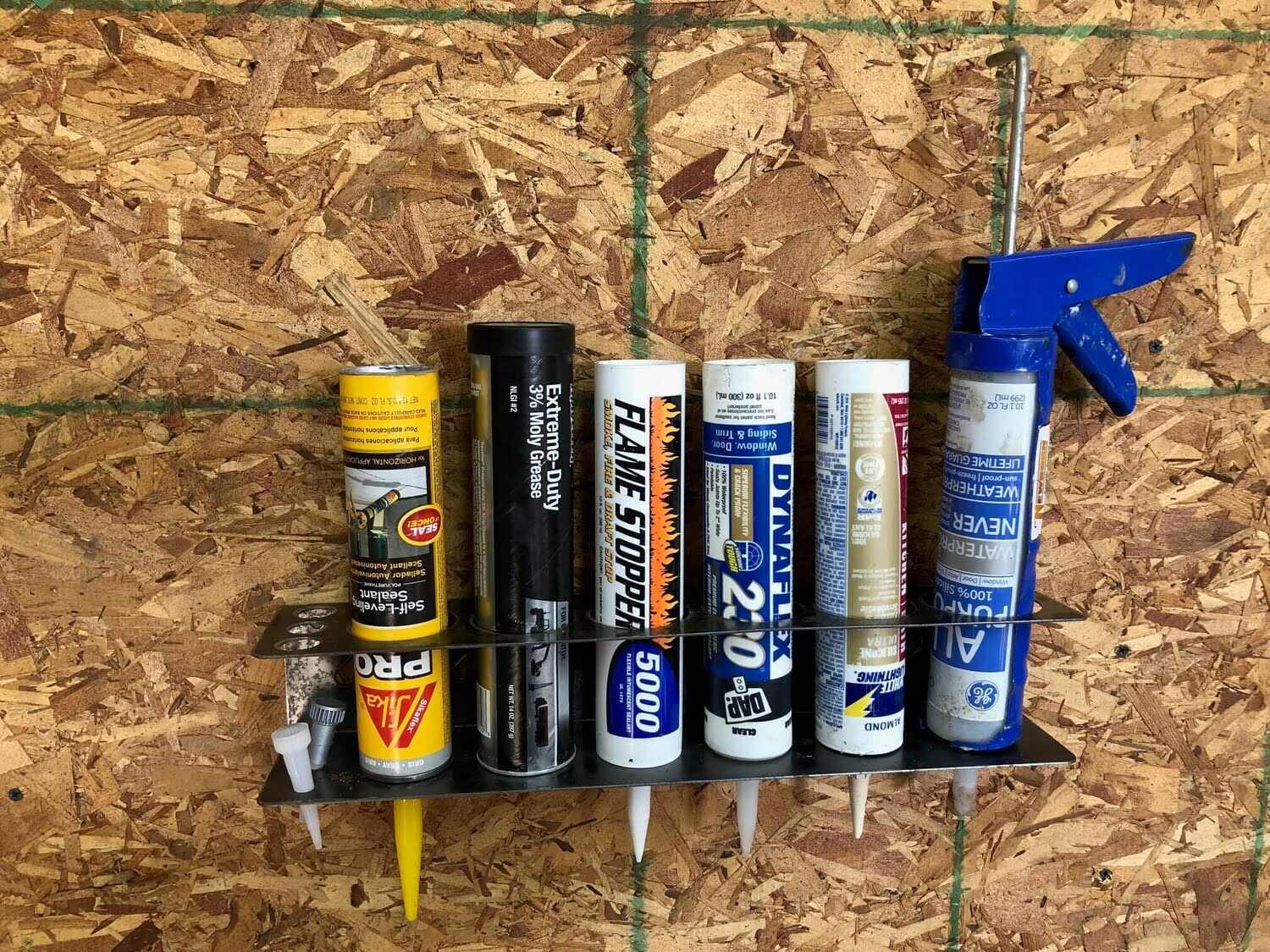
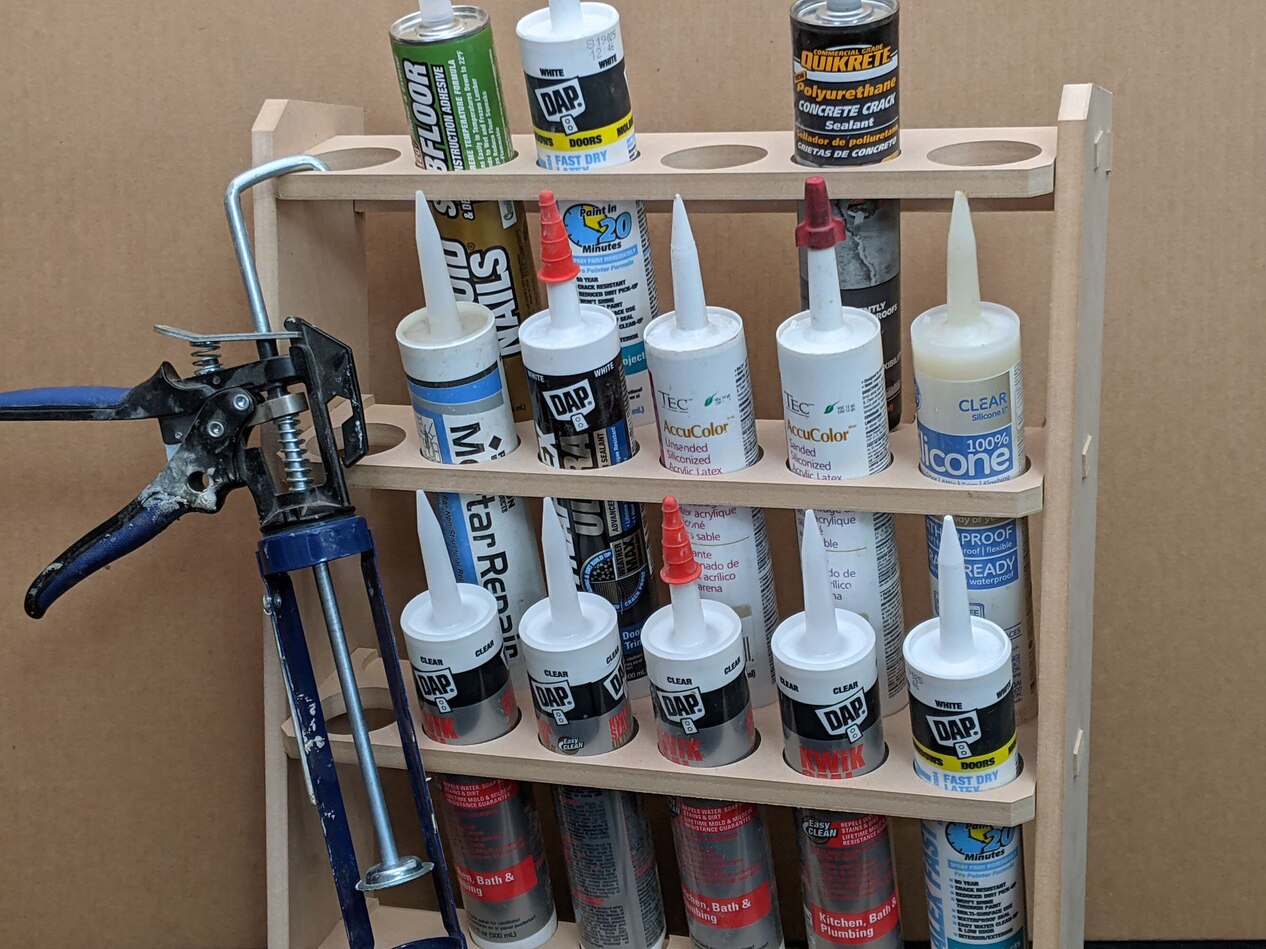
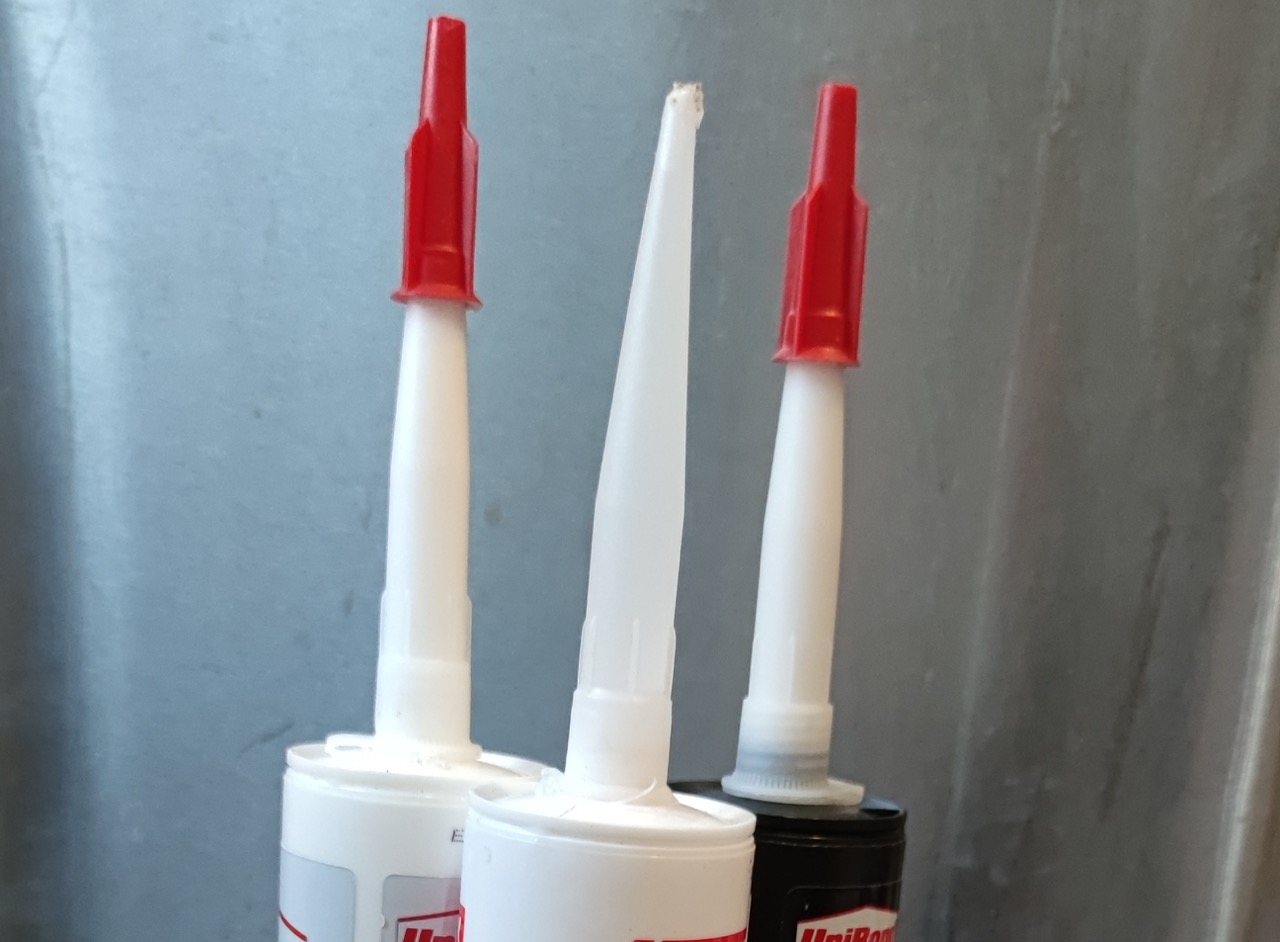
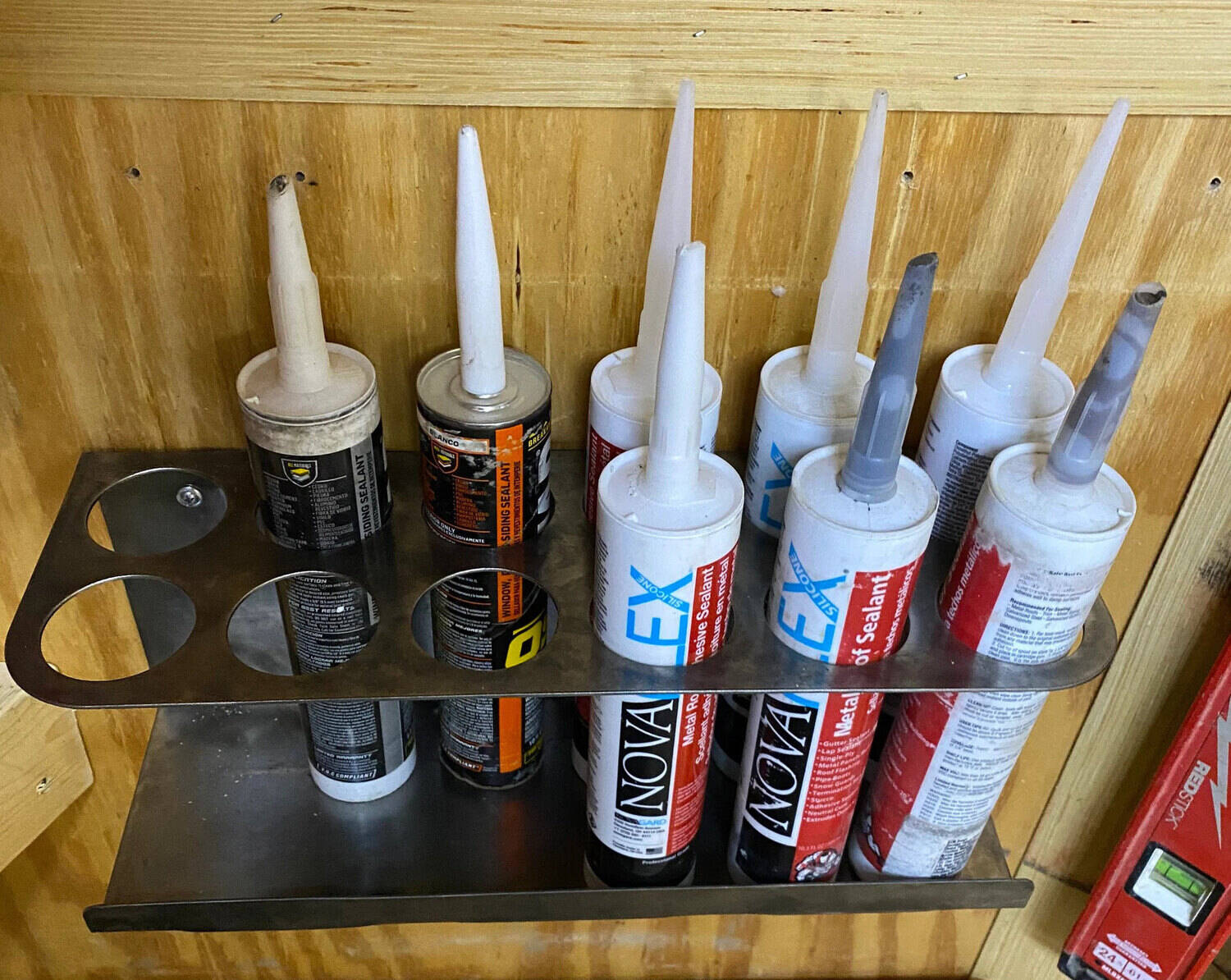
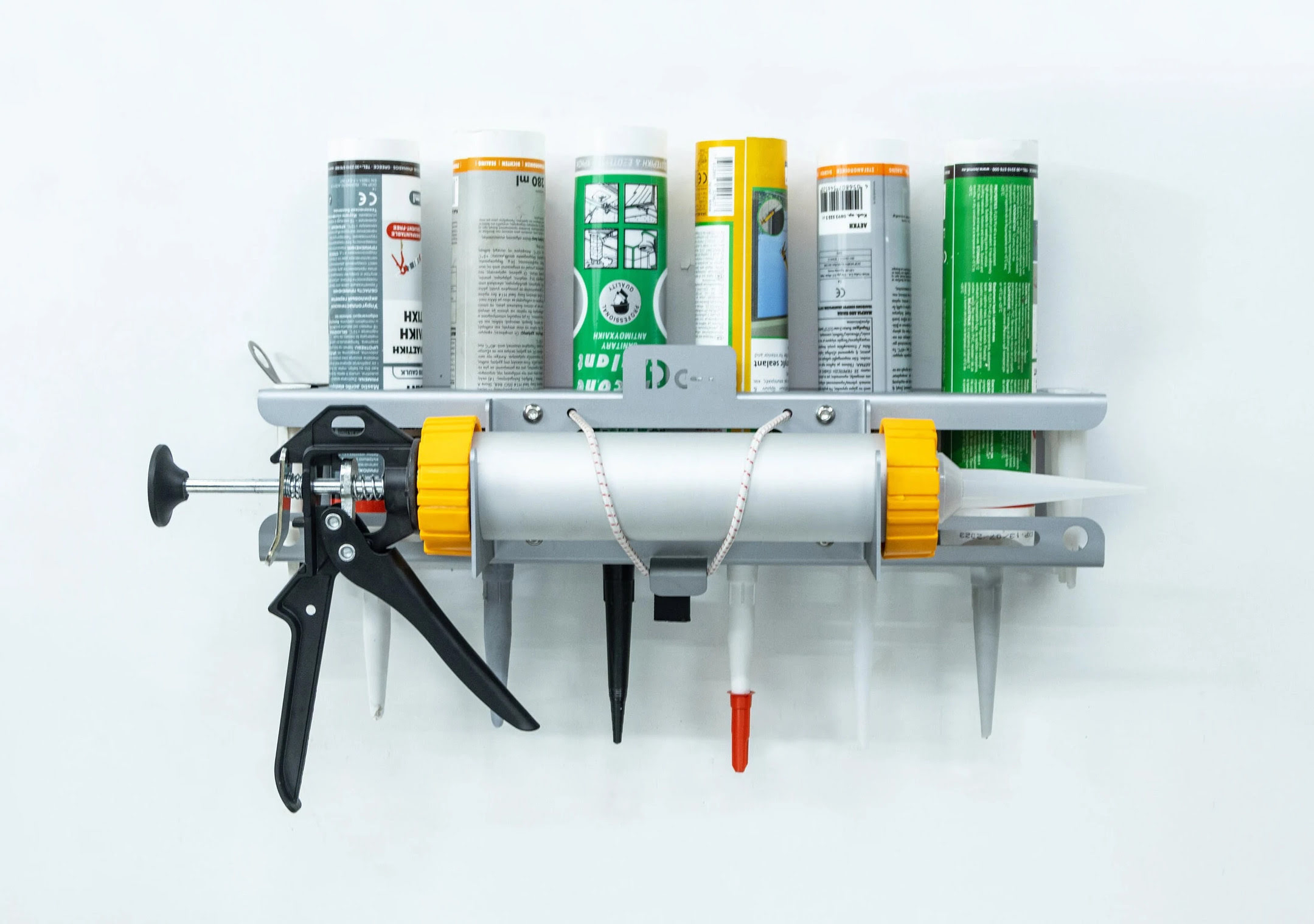
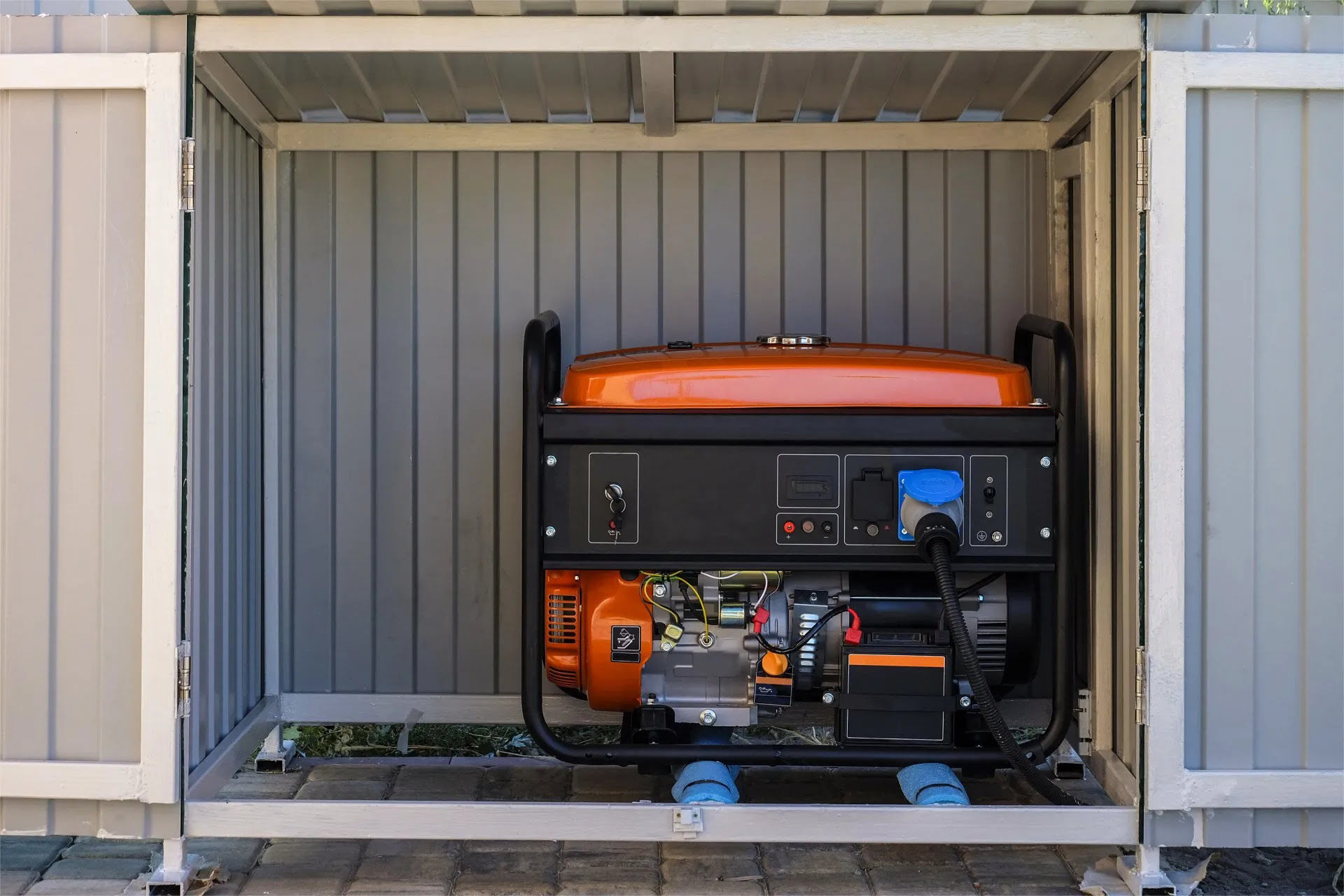
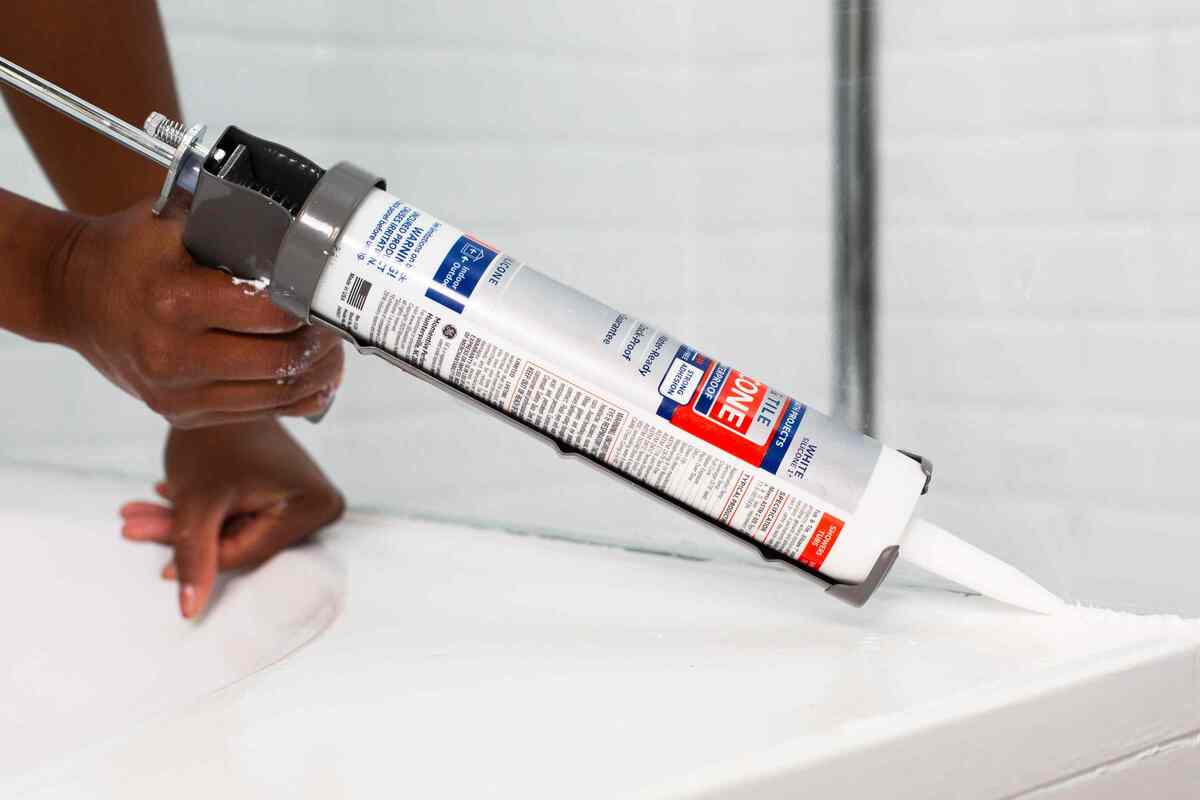

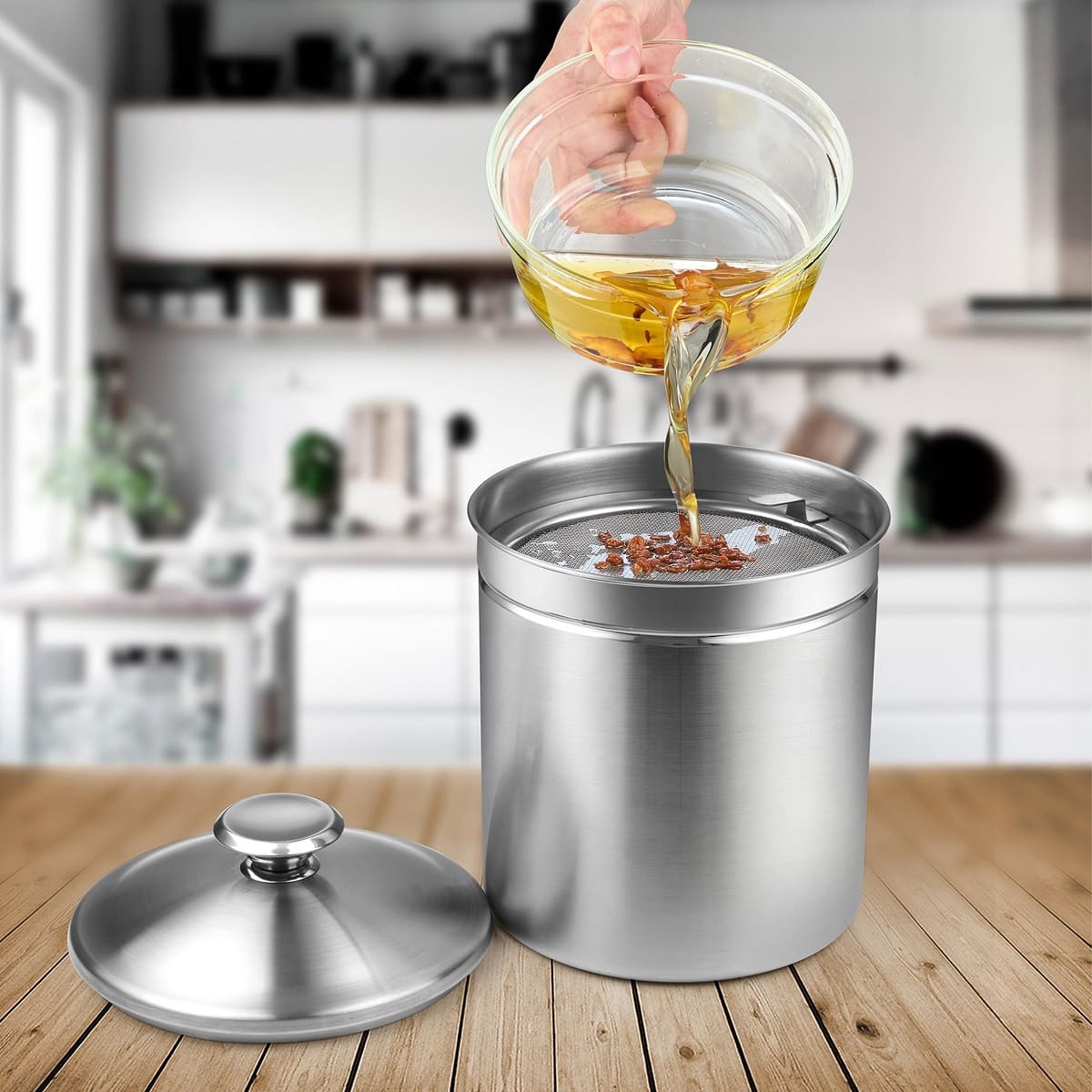
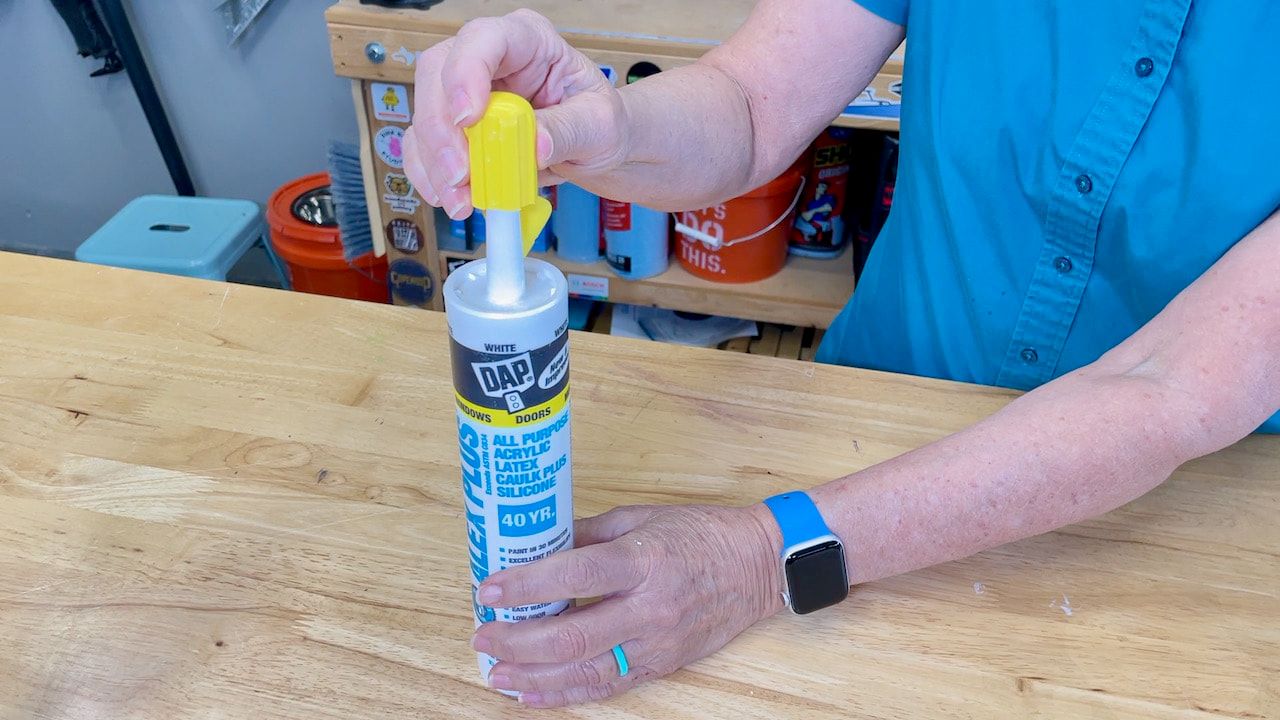
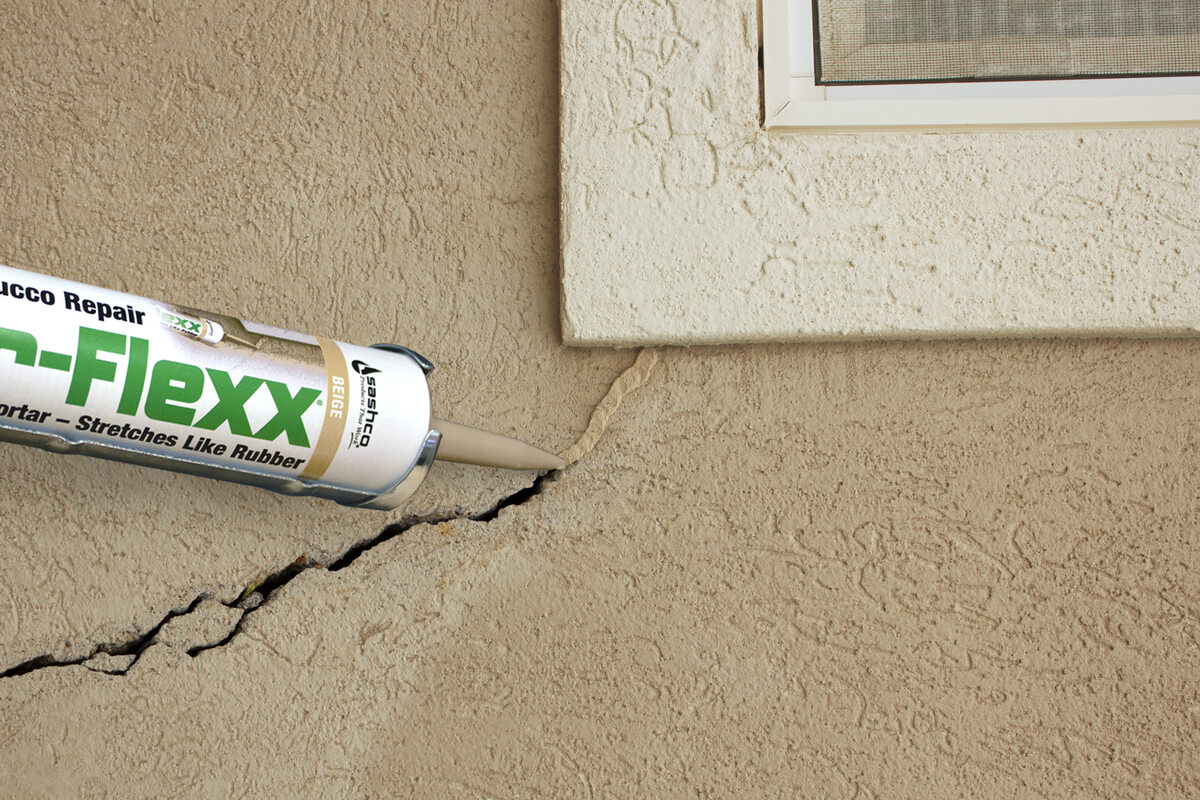

0 thoughts on “How To Store Caulk After Use”